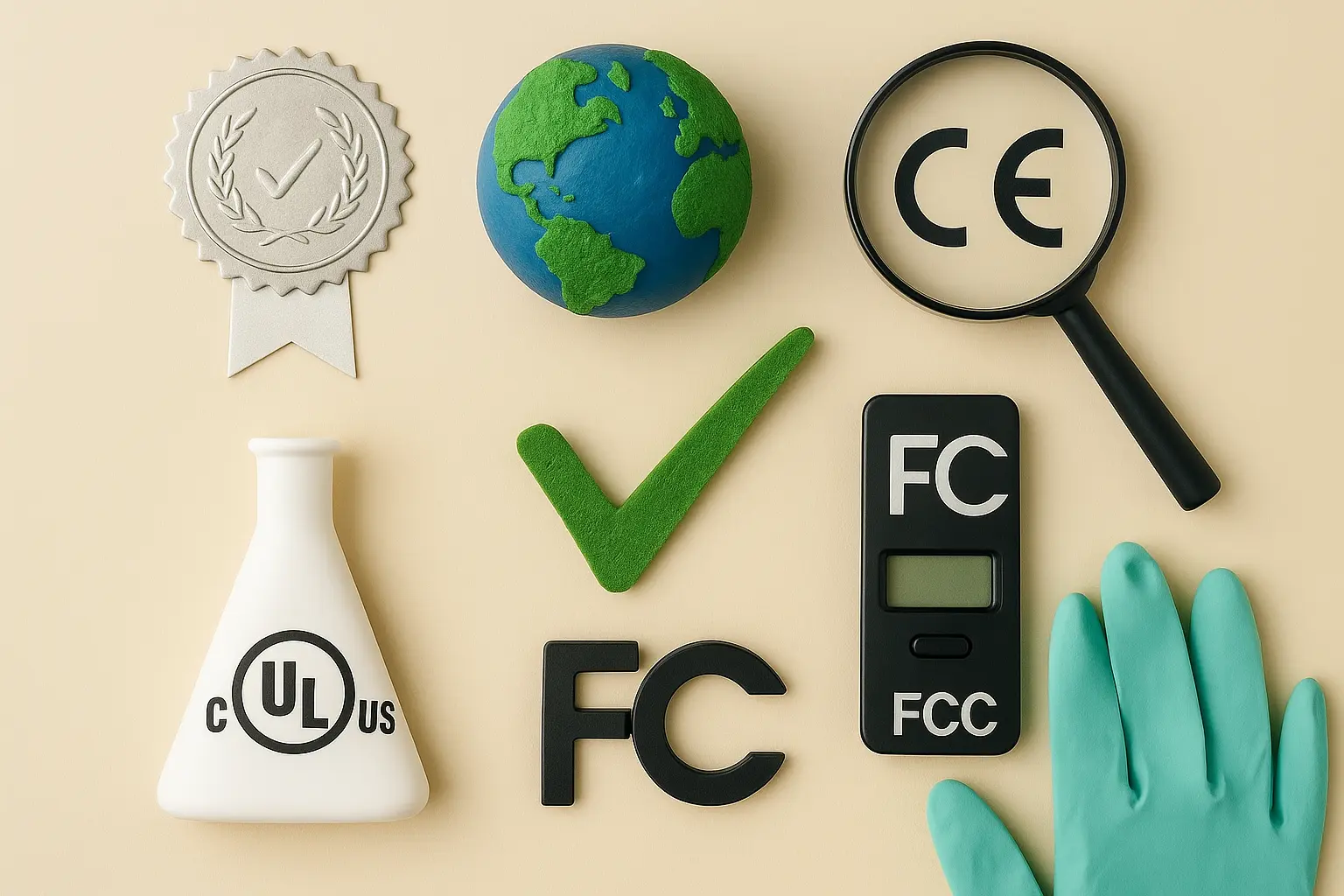Active Implantable Device Certification
The certification of active implantable medical devices is a critical aspect of ensuring patient safety and regulatory compliance. These devices, which include pacemakers, implantable cardioverter-defibrillators (ICDs), neurostimulators, and other life-saving apparatuses, must meet rigorous standards to ensure they function reliably within the human body.
The primary focus of certification is on demonstrating that these devices are safe, effective, and reliable under real-world conditions. This involves not only ensuring that the device operates correctly but also that it does so in a manner that minimizes risk to the patient. Regulatory bodies such as the U.S. Food and Drug Administration (FDA) and the International Organization for Standardization (ISO) set out detailed guidelines that must be adhered to during testing.
One of the key challenges in certifying active implantable devices is the dynamic nature of the human body, which can introduce variability into test conditions. This necessitates sophisticated testing protocols that simulate various physiological environments while maintaining strict control over environmental factors such as temperature, humidity, and electromagnetic interference (EMI).
The testing process also involves a comprehensive evaluation of both electrical and mechanical components to ensure they meet stringent safety standards. Electrical tests are crucial for verifying the integrity of electronic circuits and ensuring proper power delivery without causing harm. Mechanical tests focus on assessing the durability and stability of the device under stress, including potential wear-and-tear over extended periods.
Another critical aspect is the evaluation of biocompatibility, which involves testing to ensure that the materials used in the device do not cause adverse reactions within the body. This includes leaching studies and assessments for any potential allergens or toxins.
In addition to these technical considerations, there are also ethical responsibilities involved in certifying these devices. The tests must be conducted with utmost care and precision to avoid any unnecessary risks to patients during the certification process itself. This is particularly important given that some of the testing procedures may involve subjecting the device to extreme conditions or prolonged periods of use.
The FDA, for instance, requires manufacturers to provide clinical data demonstrating the safety and efficacy of their devices in real-world scenarios. This involves extensive preclinical studies followed by rigorous clinical trials involving human subjects. The goal is to ensure that any new active implantable medical device can be used safely and effectively without compromising patient health.
To achieve this, laboratories specializing in product certifications must have state-of-the-art facilities capable of replicating the complex environments found within the human body. These include sophisticated simulation chambers for testing under various temperature ranges, humidity levels, and EMI conditions. Additionally, specialized equipment is used to conduct biocompatibility tests, including cell cultures and animal models when necessary.
The process typically begins with a thorough review of design documentation provided by manufacturers. This includes detailed schematics of the device's electrical circuits, mechanical components, and materials composition. The lab then proceeds to fabricate test specimens based on this information, ensuring that they closely mimic the actual devices intended for clinical use. Once prepared, these specimens undergo an array of tests aimed at evaluating their performance across multiple dimensions.
The scope of testing can vary widely depending on the specific type of device being certified but generally includes electrical safety checks, mechanical durability assessments, biocompatibility evaluations, and in some cases, even long-term reliability studies. Each step is meticulously documented to provide a comprehensive record of all activities performed during certification.
| Test Type | Description |
|---|---|
| Electrical Safety | Assesses the risk of electrical hazards such as shocks or burns due to improper design or manufacturing practices. |
| Mechanical Durability | Evaluates how well the device withstands physical stresses like vibrations, impacts, and thermal cycling. |
| Biocompatibility | Determines whether the materials used in the device interact harmfully with bodily tissues or fluids. |
| Long-term Reliability | Simulates extended usage conditions to predict potential failures over time and ensure long-lasting performance. |
The results of these tests are analyzed carefully by experienced technical personnel who use internationally recognized standards like ISO 10993 for biocompatibility or IEC 60601-2-27 for electromagnetic compatibility. Compliance with these standards is essential for gaining approval from regulatory bodies and ensuring that the device meets industry best practices.
Once all tests have been completed successfully, a detailed report summarizing the findings is prepared. This document serves as evidence of compliance with relevant regulations and provides assurance to healthcare providers and patients alike about the safety and effectiveness of the certified device.
Scope and Methodology
- Evaluation of electrical integrity using ISO 10993-27:2009
- Mechanical durability assessment per IEC 60601-2-45
- Biocompatibility testing following ISO 10993-1:2010
- Long-term reliability studies according to IEC 60601-2-27
Benefits
Certifying active implantable medical devices provides numerous benefits, both for manufacturers and patients. For manufacturers, it ensures that their products meet the highest standards of quality and reliability, thereby enhancing brand reputation and fostering trust among healthcare providers. It also helps them navigate complex regulatory landscapes more effectively by providing clear guidelines on what needs to be done.
For patients, certified devices represent a higher level of assurance regarding safety and efficacy. This can lead to better outcomes when implanted into the body, reducing risks associated with malfunction or adverse reactions. Moreover, certification can accelerate market entry for innovative products, making advanced medical technologies more accessible sooner.
Quality and Reliability Assurance
- Stringent quality control measures during production
- Rigorous validation of test methods used
- Ongoing monitoring of test environments to ensure consistency
- Independent verification through third-party audits





